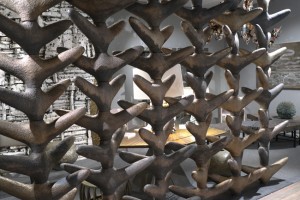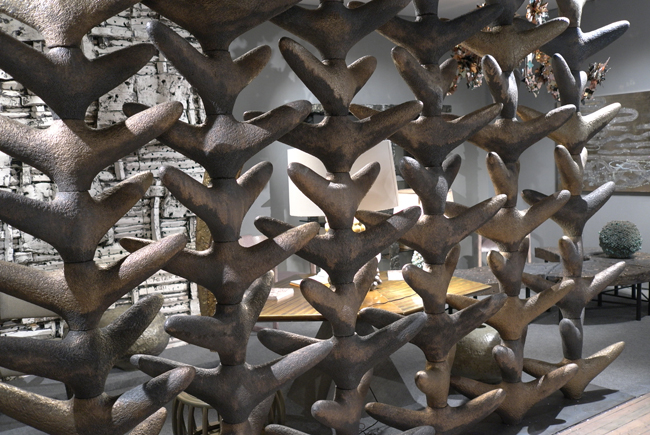
The last decade we’ve witnessed an unprecedented interest in Design as collectible, and more and more people than ever before are finally jumping in. But as in any developing field, there are still plenty of misunderstandings and some serious confusion. What used to be called the “decorative arts” has now been dubbed “design” and is often marketed as limited edition “art”, or sometime referred to as “design/art”. But by casting aside the semantics, we can then focus on what really matters. Everything around us is “designed”, our cars, our buildings, our clothes and even our lives. Great designers, whether through their buildings or through their furniture seek to influence how we live and how we see the objects around us. Every single period of historic 20th century design history tells us something about who we were as a society, whereas contemporary design seeks to influence who we will be in the future. The sociological and cultural context of great works of design teach us about human history, and our definitions of “progress”. They also teach us about failed dreams, like that of Jean Prouve whose fabled “manufacture” ended in a bankruptcy (his Utopic vision of bent metal furniture a commercial failure) or the great Jean-Michel Frank who was forced to abandon his legendary interior design business in Paris when the Nazis invaded, and after a stint in Buenos Aires ended up committing suicide in NY in 1941.
Great design today tells us about who we are and informs our outlook on the world around us. We’ve grown to love the organic forms of Jonathan Ive’s design for Apple, the MacBook Air, iPhone, iPad, iPod and such, and they’ve changed the way a whole generation feels about contemporary design. But when will the genius of Apple’s design strategy rub off on other companies? Well, it’s finally happening because design is now understood as a marketing hook and a way to distinguish a product in the marketplace. Hopefully this realization will bring more investment in good design and meaningful architecture for everyone’s benefit.
To identify and collect the historic design of the 20th century is a way to reflect on how the world once was,connecting with the hopes and dreams of the past. Contemporary design today is a reaction to that past, and an effort to influence the shapes of what is yet to be. The strong interest in contemporary design this past decade created a real renaissance of interest in young designers, let’s watch carefully and hope that the best is yet to come
